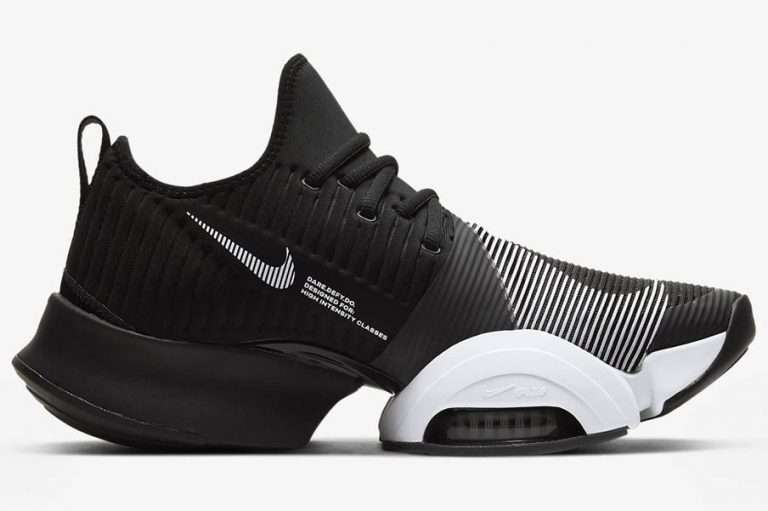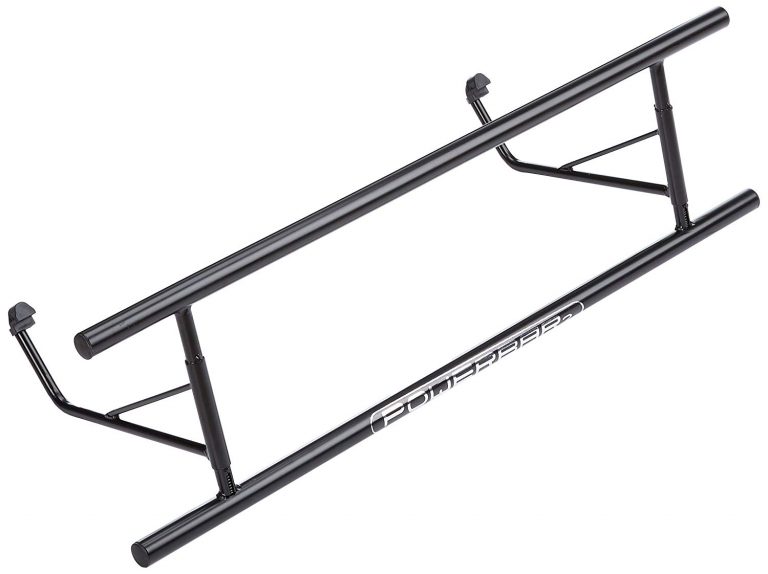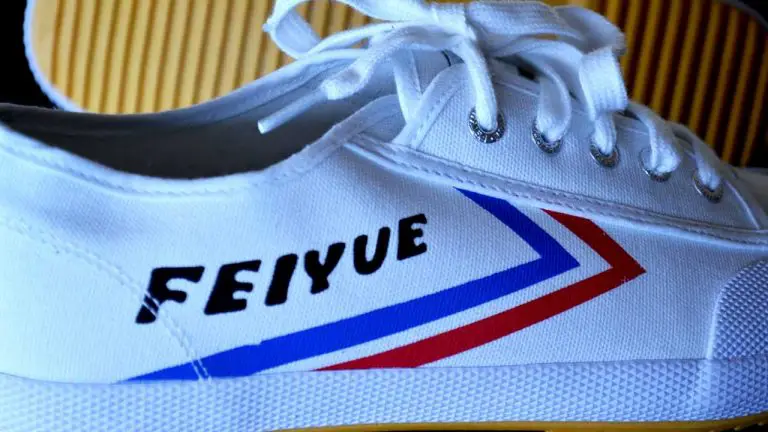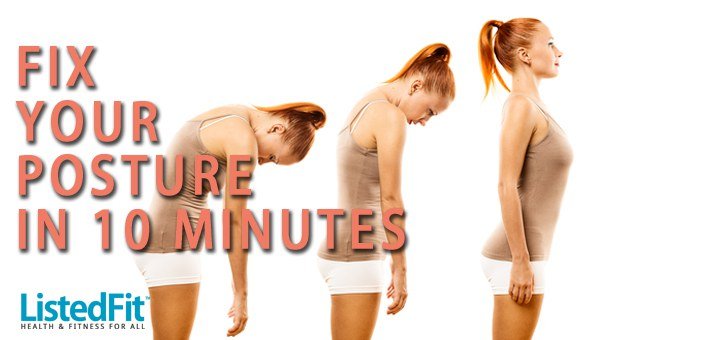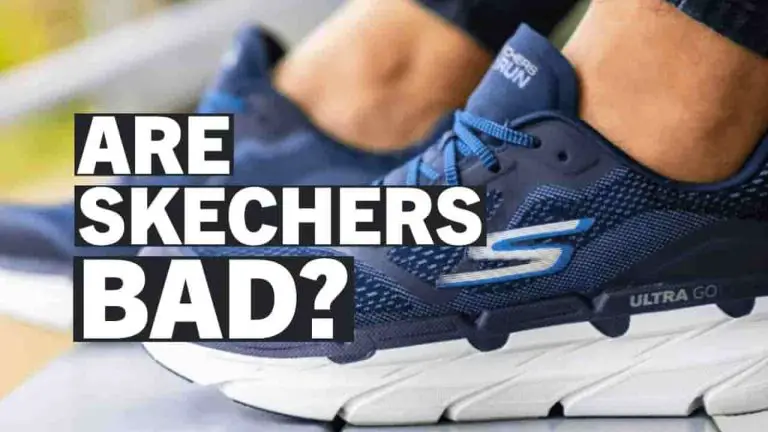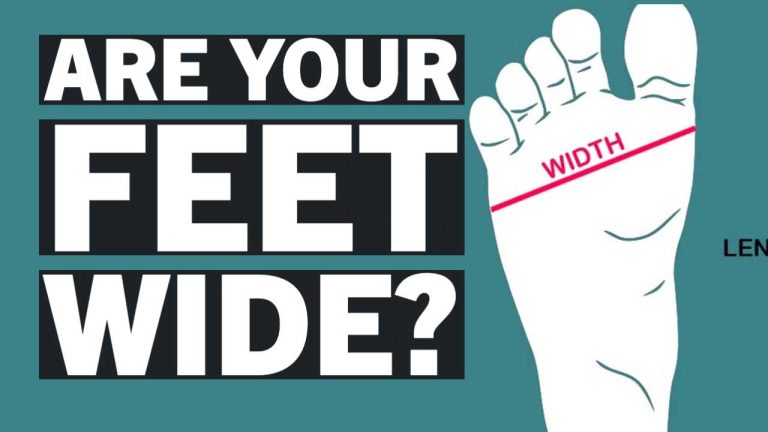Top 4 Best CrossFit Shoes for Flat Feet (Updated 2023)
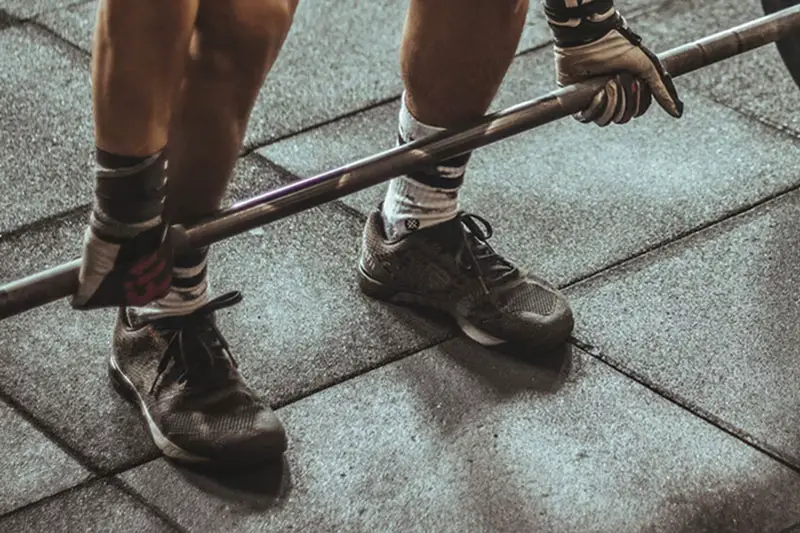
ListedFit is reader-supported. When you buy through links on our site, we may earn a small commission.
Do you suffer from flat feet and struggle to find the right shoes for your CrossFit workouts? Are you tired of feeling discomfort and pain during your training sessions? This article is for you.
I’ve researched and tested a selection of what I think could be the best CrossFit shoes for flat feet, so you can finally train with confidence and comfort.
Read on to discover our recommendations and find a shoe that could possibly change your CrossFit game for the better.
My Top Picks of CrossFit Shoes for Flat Feet
Best Overall Pick?
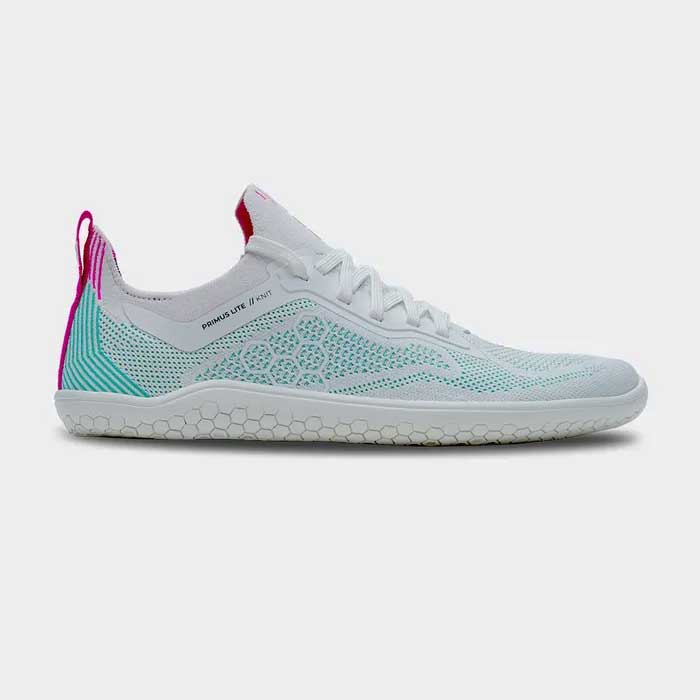
I went for the proactive solution as my best pick…
Vivobarefoot Primus Lite
The best overall pick in my best CrossFit shoes for flat feet would have to be these Vivobarefoot Primus Lites.
Why? Because as a person with flat feet, I much prefer the idea of fixing my flat feet problem by strengthening the muscles in my feet, rather than going for a shoe with arch support that would actually make the muscles in my feet too dependent on the support of the sole, which is something I think has actually made the problem worse over the years.
“A very lightweight shoe which gives a more natural feeling.”
I like the idea of consciously remembering to change the shape and placement of my feet when I am about to go for a lift or when I am running, just as I would if I was walking barefoot, the way nature intended.
It’s good to know that over the weeks, my feet and the way I walk should gradually change for the better.
Best Budget Pick (Under $100)…
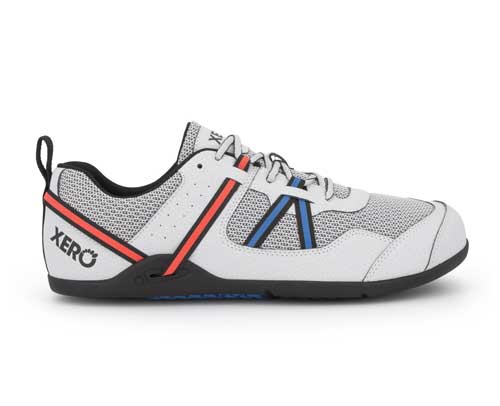
Xero Prio
My budget/under $100 pick has to go to the Xero Prios.
Much like the Vivobarefoots but a little cheaper, these Xero shoes are a solid choice as a CrossFit shoe for flat feet.
As mentioned, I prefer the idea of building a stronger foot in order to help alleviate the problem of flat feet or over-pronation, and a barefoot shoe like the Prios will help you to do that.
Xero as a brand aren’t that well known right now, but they’re gaining popularity as more and more are turning to barefoot/minimalist workout shoes.
A lot of first time barefoot shoe wearers go for the Prio not just because theyre cheaper but because of the wider toe box, a little wider than the Vivobarefoot Primus. They really allow you to splay your feet out properly and give you better balance when you lift.
They also feel very durable too.
Don’t be fooled by them being one of Xero’s cheaper options, these work well.
The only drawback with the Prios is if you workout in colder temparatures, your feet will felt the cold. But that can be easily be fixed with a pair of thicker socks.
Read some of the customer reviews.
Best Runner Up…

Adidas Drop Set
For the best runner up, it would have to be the Adidas Drop Set shoe. These are of course not barefoot or minimalist shoe, they offer good levels of arch support.
“I like that the rubber is reinforced with hard plastic. This means this area will not break down as fast.(…) it also comes in handy if you do a lot of rope climbs in your workouts.“
The Drop Sets also have very good stability which is what you want especially if lifting heavy is part of your workout plan.
Best Alternative Pick…
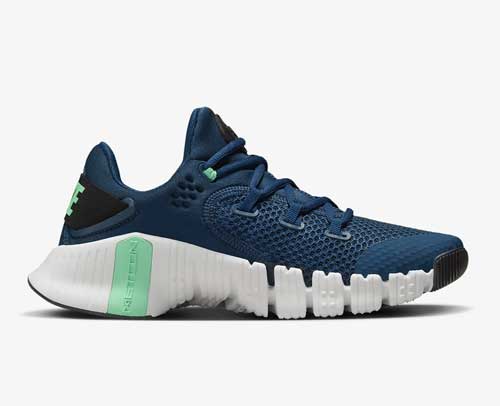
Many people default to the flagship Nike Metcons when they are looking for a CrossFit shoe and they tend to be dissapointed by the fact that they actually aren’t a very good CrossFit shoe for flat feet.
But this version of the Metcon shoe fills in the gaps.
These Nike Free Metcons, are designed to be a much lighter, more versatile version of the Metcon shoe in my opinion, are a much better option for flat feet.
They have made a few tweaks to the outsole of the shoe over the last couple of years, but the foundations in the Free Metcon have remained the same.
“These shoes have a very grippy outsole so you are going to feel steady. Just be aware, they are quite a narrow shoe.”
The Nike Free Metcons are a shoe you can wear for long periods of time in comfort also.
Table of Contents
The Decision You Have to Make: Minimalist or Traditional CrossFit Shoe?
When it comes to choosing footwear for CrossFit, the decision often comes down to minimalist shoes versus traditional training shoes. Both types of shoes have their pros and cons, and the choice depends on individual preferences, foot structure, and training needs.
The differences are as follows:
Why Minimalist/Barefoot Shoes?
Minimalist shoes, also known as “barefoot” shoes, are designed with a minimal amount of cushioning and support, allowing the foot to move and function more naturally. They generally have a low heel-to-toe drop, thin soles, and a wide toe box to accommodate the foot’s natural shape.
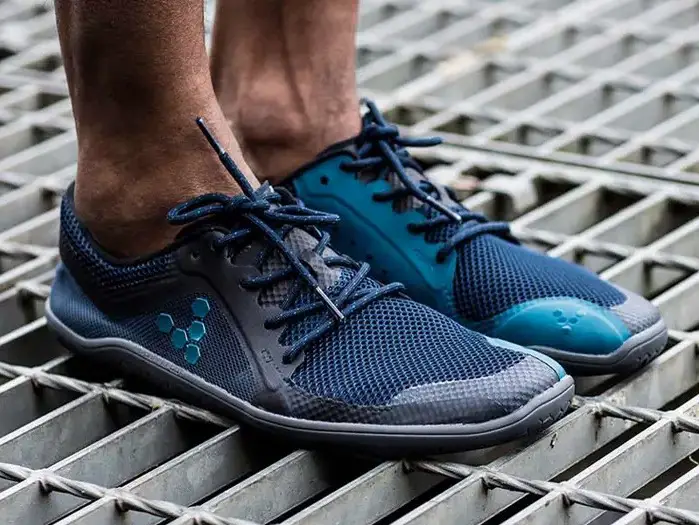
- Improved foot strength and flexibility.
- Better ground feel.
- Lighter weight.
- Less cushioning.
- Longer adjustment period:
Pros and Cons of Minimalist Shoes Explained
Pros:
- Improved foot strength and flexibility: Minimalist shoes encourage the development of foot muscles, which can lead to increased foot strength and flexibility in the long term.
- Better ground feel: With less cushioning between the foot and the ground, minimalist shoes tend to offer a better sense of balance and proprioception.
- Lighter weight: Minimalist shoes are typically lighter, which may help improve agility and speed during workouts.
Cons:
- Less cushioning: The lack of cushioning in minimalist shoes can make high-impact activities, like box jumps and double-unders, uncomfortable for some users.
- Longer adjustment period: It may take more time to adjust to minimalist shoes, especially for those used to traditional training shoes. It should take a week or two to fully get used to them.
Why Traditional Training Shoes?
Traditional training shoes are built with more cushioning and support to provide stability and comfort during workouts. They usually have a higher heel-to-toe drop and can chave a more robust construction than minimalist shoes.
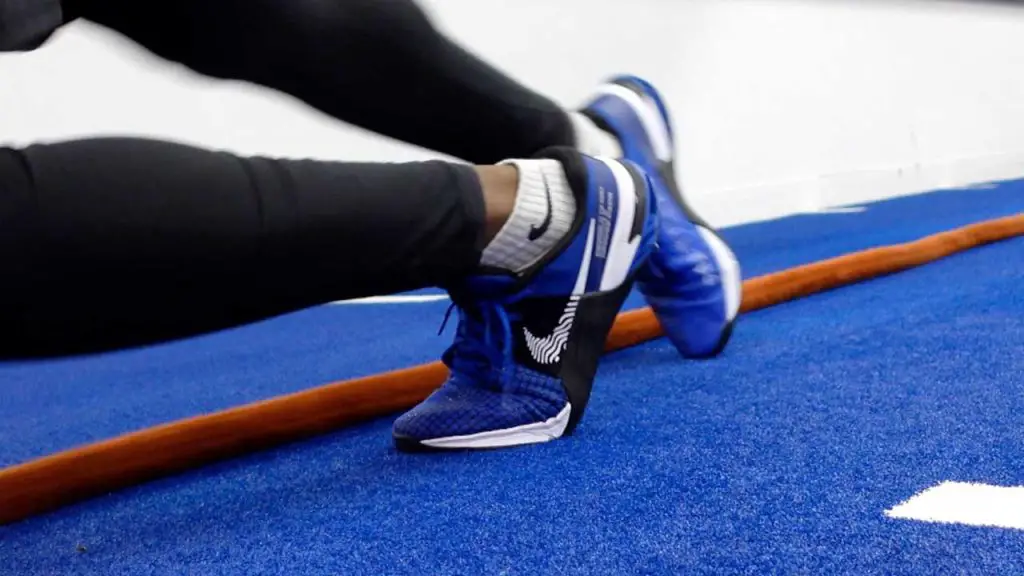
- Cushioning and support.
- Stability.
- Easier transition.
- Heavier.
- Less natural foot movement:
Pros and Cons of Traditional Training Shoes Explained
Pros:
- Cushioning and support: Traditional training shoes offer more cushioning, which can help absorb impact during high-intensity workouts.
- Stability: These shoes often have more substantial arch support and stability features, which can be beneficial for those with flat feet or overpronation issues.
- Easier transition: For individuals who are used to traditional footwear, switching to traditional training shoes for CrossFit may be more comfortable and require less adaptation time.
Cons:
- Heavier: Traditional training shoes are often heavier than minimalist shoes, which can affect agility and speed during workouts.
- Less natural foot movement: The added support and cushioning in traditional training shoes can restrict the foot’s natural movement and potentially inhibit the development of foot strength and flexibility.
Which one should you go for? My personal opinion.
It can be a headache to decide on which one to go for. As a person who has tried both types of shoes for CrossFit, I would say that training in barefoot shoes was a real game-changer for me.
Training in traditional shoes for too long can make the muscles in your feet grow lazy and barefoot/minimalist shoes force you to establish or wake up those muscles that have been dormant for some time and in turn, should make your foot function a lot better not just in the gym but in general.
Improvements in stability are also one of the benefits many people report after switching to barefoot or minimalist footwear. Your feet are closer to the ground, you have a better connection to the floor to really push off, you can also splay your feet out when you are in a standing position and of course when you are lifting, this alone improves your posture and should improve your lifting over time.
If you haven’t tried them before, I would recommend trying a pair on and seeing if you like the difference.
I still wear traditional shoes from time to time, but I do feel there’s great value in the overall ‘barefoot feeling’ when it comes to working out.
Ultimately, the choice between minimalist and traditional training shoes for CrossFit comes down to personal preference, comfort, and specific training needs. It is essential to try different types of shoes to determine which style works best for you and your workouts.
Let’s Look Deeper – Our Top CrossFit Shoes for Flat Feet
I have tried a lot of shoes for my flat feet issues. When I started with CrossFit, I knew the shoes I had were not going to hold up well. I want to share with you what I believe are the top shoes for CrossFit training with flat feet. I believe these shoes will help you stay safer and perform better in the gym, no matter the moves you are doing.
Top Pick: Vivobarefoot Primus Lite – Barefoot Shoe

“These shoes feel really lightweight, which threw me off at first because I am used to heavier shoes in the gym.”
Do you remember when the barefoot running craze started? Of course, most people do not know it actually started in the 1960s, but Nike got it going again in 2004 with their minimalist approach to running shoes.
When I decided to try these, I was quite impressed with how they felt.
The Vivos feel really lightweight, which threw me off at first because I am used to heavier shoes, they for sure took some getting used to. I was afraid my feet would not feel very stable, but they were, squats, snatches, and overheads, everything felt different in these. Wearing them just feels right, if you’ve ever trained heavy without your shoes on, you’ll know what I mean.
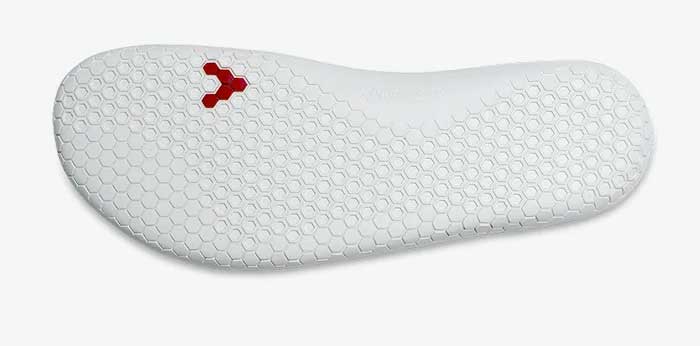
Specs
- Pro5 Puncture-proof outsole
- The Bloom insole features EVA foam and Bloom algae
- Lightweight design at only 6.34 ounces
- Made of vegan and recycled materials
- Knit upper is made of recycled polyester
- 0mm drop
- Forefoot/Mid-foot strike pattern
- Wide toe box
- Wide, comfortable fit
- Offers a more free feeling movement.
- Vivobarefoot offers a 100-day money-back guarantee.
- Higher price tag than many.
Budget Pick/Under $100: Xero Shoes Prio – Barefoot Shoe

“The result is you get a shoe that gives you more of a natural feel, you build up muscles in your feet that are very likely to have become lazy and also (in my case) your balance is improved when you wear barefoot or minimalist shoes.”
Xero are a new brand, so it’s likely you’ve not heard of them but they are a strong contender in this area. We recently did a deep dive into Xero shoes and the Prio comes highly recommended as a CrossFit shoe for flat feet.
These shoes like the Vivos above are barefoot shoes, which means they’re very stripped down. If you have flat feet, barefoot shoes have been proven to help train you to build muscle in your foot – a little different from the idea of selecting a shoe with arch support, but this is a different approach to fixing the problem of flat feet, more of a long term solution.
The result is you get a shoe that gives you more of a natural feel, you build up muscles in your feet that are very likely to have become lazy and also (in my case) your balance is improved when you wear barefoot or minimalist shoes.
The shoes are so lightweight, it honestly feels like you are not wearing any. I really like that the inverted V straps are not sewn down. This aspect allowed me to lock in my instep while ensuring my toes were still free to move around.
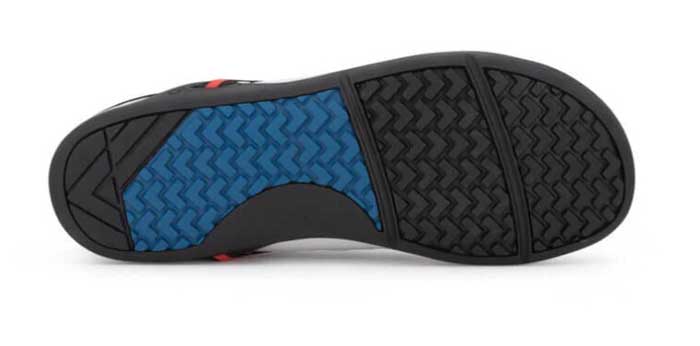
Specs
- Wide toe box
- ‘Xero’ 5.5mm -drop sole
- Adjustable heel strap
- Optional 2mm insole
- Wear with or without socks
- Weighs only around 8.8 ounces, depending on the size
- Highly flexible
- Highly breathable
- Removable insole.
- Feels like a durable construction.
- Flexible outsole.
- Very lightweight feeling.
- Materials could be softer.
Best Runner Up: Adidas Drop Set

“I like that the rubber is reinforced with hard plastic. This means this area will not break down as fast.(…) it also comes in handy if you do a lot of rope climbs in your workouts.”
These aren’t very well-known shoes like the Nike Metcon or the Reebook Nano X3, I haven’t seen any marketing done on them at all, it’s as if Adidas released them in secret! But when I tried the Adidas Drop Sets on for the first time, I was very impressed with how comfortable they felt especially in the arches.
The main difference to look out for with Adidas which has given me slight trouble in the past is their sizing. Their sizes compared to other brands like Nike is slightly different, so I sometimes have to double-check my size using the Adidas size chart to make sure I get the right size. I found Adidas Drop Sets are a lot like Nike Metcon 8s, with a medial piece of rigid rubber that acts as the arch support.
I like that the rubber is reinforced with hard plastic. This means this area will not break down as fast. You are going to need this level of support in CrossFit, it also comes in handy if you do a lot of rope climbs in your workouts.
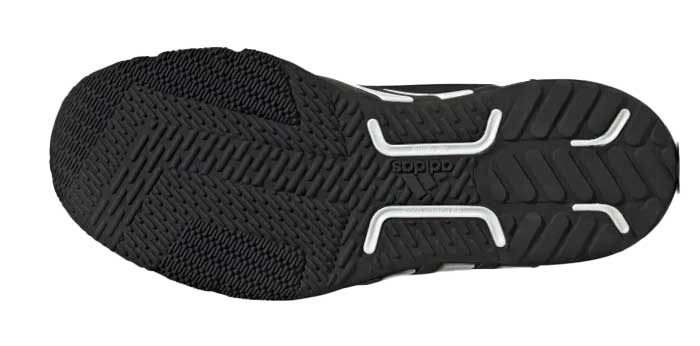
Specs
- Dual-density midsole
- Hard foam heel
- Aggressive heel rocker
- Ballistic Nylon upper
- Torsion system
- Fits true to size
- Weight is 13.8 ounces, depending on size
- 6mm drop
- Increased stability in the heel area for weightlifting.
- Very good support in the arch area.
- Breathability was very good.
- Took a week or two to break in.
Best Alternative Pick: Nike Free Metcon 4

“These shoes have a very grippy outsole so you are going to feel steady. Just be aware, they are quite narrow “
The Nike Free Metcon 4 is another shoe I decided to try in the gym. I have heard Nikes are good for people with flat feet, but I wanted to see for myself.
I found these to be versatile training shoes that worked well for almost all CrossFit moves. I felt very comfortable using them for squats and jump rope. These shoes have a very grippy outsole so you are going to feel steady.
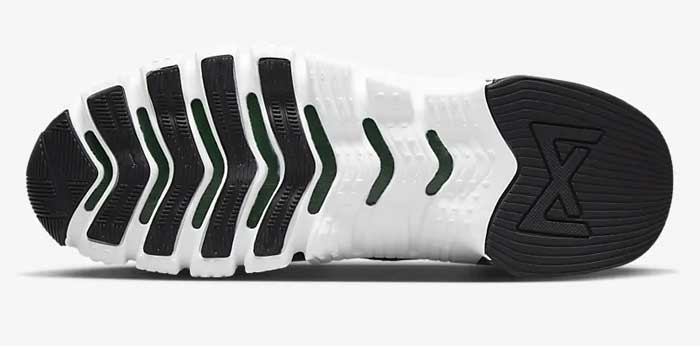
Specs
- Chainlink upper mesh
- Adjustable heel strap
- Aggressive tread outsole
- Lightweight construction at 11.2 ounces
- 5mm heel drop
- Slim fit (I had to go up a ½ size)
- Removable insole
- Nike Free midsole
- A versatile shoe that will pair well with all your workouts
- Breathable upper
- Very comfortable and can be worn for long workouts without feeling discomfort.
- The fit is a little narrow on these – If you have wider feet take note.
How Common is Flat Feet or Over Pronation?
Around 30% of the world’s population deals with overpronation or flat feet. I happen to be one of the unlucky ones. For years, I did not realize I needed a special shoe to support my weak arches.
When I started getting serious about my workouts and joined a local gym, I immediately became intrigued about CrossFit. It was then I realized my regular sneakers simply weren’t going to hold out or keep my feet protected while doing all of the intense exercises CrossFit requires. If you suffer from flat feet, keep reading for the best shoe recommendations.
Why Are the Right Shoes So Important?
Being flat-footed means your arches flatten when faced with pressure, such as when you are standing. This condition is common. Experts believe around 20 to 30% of the population has flat feet.
Why are shoes so important? Many people with flat feet end up overpronating. Overpronation occurs when pressure placed on your arches causes them to flatten, putting more pressure than normal on your ankles.
Overpronation can cause serious foot and ankle injuries and could even cause injuries in other areas of your body from misalignment, sort of like a domino effect. Trust me when I say this, you do not want to deal with overpronation in CrossFit. The injuries could sideline you for weeks, mainly due the high intensity nature of CrossFit.
Working Out with Flat Feet – FAQs
Are Flat Feet Better for Running?
Flat feet are not necessarily “better” for running, they may offer some advantages in certain situations. Flat feet can provide a larger surface area for the foot to make contact with the ground, which can increase stability and balance while running.
This can be particularly useful for trail running, where uneven terrain requires more stability and adaptability.
Flat feet can also lead to overpronation, which can cause instability and discomfort while running. Overpronation can also increase the risk of injury, particularly to the ankles, knees, and hips.
The truth is, there is no one-size-fits-all answer to whether flat feet are better for running. Each individual’s foot structure is unique.
Proper footwear and strengthening exercises can help mitigate the effects of flat feet on running form and performance.
Does Flat Feet Affect Running Speed?
Flat feet can have an impact on running speed and performance due to the way they affect the mechanics of running.
Overpronation can lead to a less stable base and an inefficient running gait, which can ultimately slow down your running speed.
Not all individuals with flat feet will experience overpronation, and those who do can take steps to improve their running form and speed.
Proper footwear is essential for runners with flat feet, as it can provide the necessary support and cushioning to help prevent overpronation.
In addition to proper footwear, strength training exercises for the feet, ankles, and legs can also help improve running form and speed for individuals with flat feet. These exercises can help strengthen the muscles that support the arch of the foot, improving stability and reducing overpronation.
Does Flat Feet Affect Ankle Mobility?
Having flat feet can definitely affect ankle mobility, and it’s a common issue that many people with flat feet experience.
This is because flat feet can cause the ankle to overpronate or roll inward, which can lead to decreased range of motion and stiffness in the joint.
When the ankle is unable to move properly, it can also affect the surrounding muscles, tendons, and ligaments, causing further pain and discomfort.
It’s important to note that not all people with flat feet will experience ankle mobility issues, and the severity of the problem can vary from person to person.
Conclusion
Finding the best CrossFit shoes for flat feet can make a significant difference in your comfort, stability, and overall performance during your workouts.
Ultimately, the best CrossFit shoes for flat feet will depend on your individual needs and preferences. It’s important to try on different shoes and get the best fit possible. The right shoes can be transformative to your workouts and not to mention achieving your fitness goals.
Author
- Danny Loeb is a qualified Personal Trainer, Fitness Model and Writer. He enjoys blogging about health and fitness, messing around with Photoshop, and sharing his experiences with everyone.
Latest entries
 NutritionFebruary 6, 2024What Are Fillers in Supplements? – Unveiling Inactive Ingredients
NutritionFebruary 6, 2024What Are Fillers in Supplements? – Unveiling Inactive Ingredients FitnessAugust 23, 2023Best Post-Workout Foods: Great Ideas for Recovery and Results
FitnessAugust 23, 2023Best Post-Workout Foods: Great Ideas for Recovery and Results BulkingJuly 26, 2023Is Rice Good for Bulking? Unveiling the Truth
BulkingJuly 26, 2023Is Rice Good for Bulking? Unveiling the Truth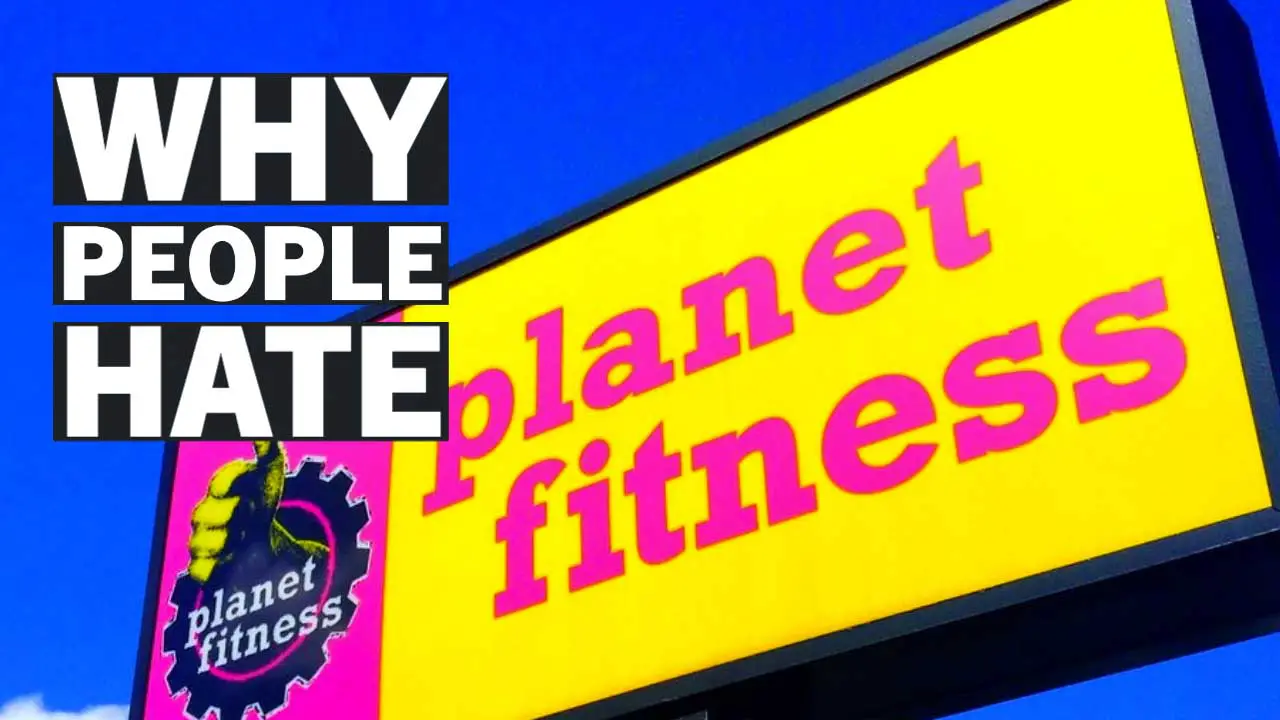 CultureJuly 15, 2023Why Do People Hate Planet Fitness? Read This Before You Join!
CultureJuly 15, 2023Why Do People Hate Planet Fitness? Read This Before You Join!
Affiliates:
This post may contain affiliate links that at no additional cost to you, the site may earn a small commission. We only recommend products we would use ourselves and all opinions expressed on this site are our own.
General Advice:
The information provided in this article is for general informational purposes only. It is not intended as a substitute for professional advice. Always consult with a qualified healthcare professional before starting any new diet, exercise program, or making changes to your health routine.
Accuracy Advice:
While we strive to provide up-to-date and accurate information, the content in this article may not reflect the most current research or medical guidelines. We encourage readers to do further research and consult with professionals for more personalized advice.
Our Recommendations:
The products and services mentioned in any of our articles are recommended based on our independent research and personal experience. We are not sponsored by any company. We aim to suggest products and services we believe are of high quality and could be beneficial to our readers.

